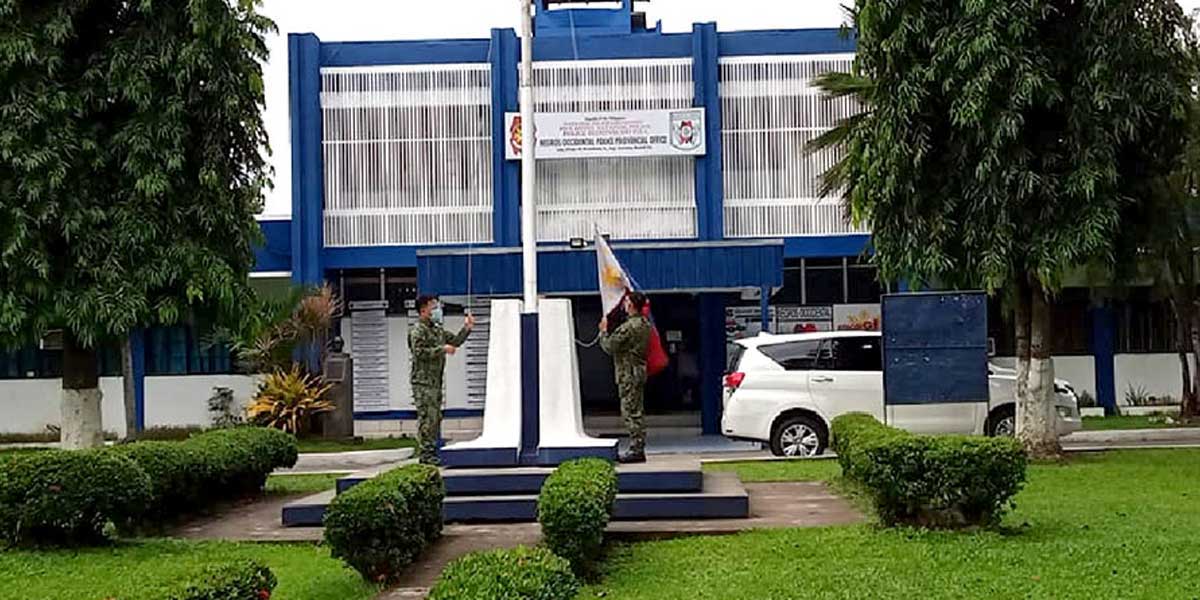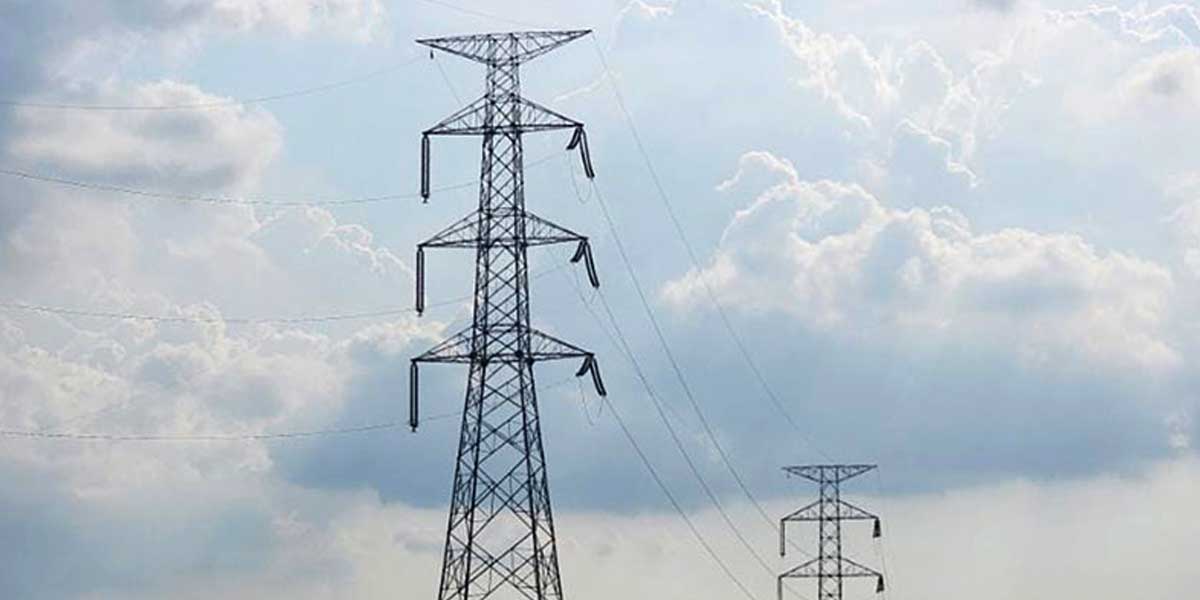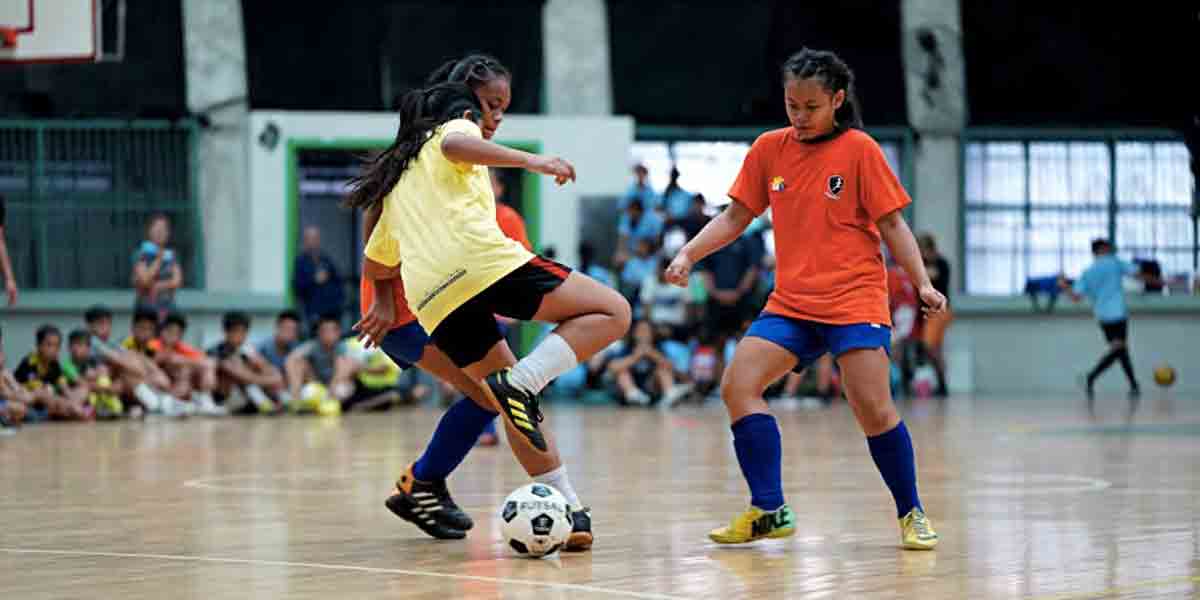
A new study by humanitarian and girls’ rights organization Plan International Philippines reveals how the COVID-19 pandemic systematically impacts the lives of girls and young women – from magnifying existing social inequalities, disrupting education and work, increasing vulnerabilities to violence, to affecting their mental health and wellbeing.
A perception survey conducted over 1,203 girls and young women aged 13 to 24, Through Her Lens: The Impact of COVID-19 on Filipino Girls and Young Women provides a closer look at the effects of COVID-19 as experienced by Filipino girls and young women.
IMPACTS
The survey reveals that amid COVID-19, girls and young women are most concerned about their mental health, sexual and reproductive health, education, the disruption in economic activities causing job insecurity, food security, and violence everywhere. In fact, they are more worried about these issues than they are about being infected with COVID-19.
7 in 10 (71 percent) girls and young women surveyed cited education as the aspect of their lives most impacted by COVID-19. 49 percent said that they are worried by the “slim chances of returning to school”.
Most girls and young women also said that the pandemic has also been affecting their health (both physical and emotional), economic capacity, mental health, and social skills and capacity.
“The pandemic has caused great anxiety and stress on girls and young women. Beyond the risk of getting infected, they worry about their families, about not having money to buy food and other basic necessities, and that their education would have to stop,” says Ana Maria Locsin, Plan International Philippines Country Director. “If we do not address these issues, their ability to cope with and recover from the impact of this pandemic will be adversely affected.”
Findings also show that the COVID-19 pandemic has caused violence— both online and offline— against girls and young women to spike. 5 percent of girls and young women surveyed said cases of violence against women and girls (VAWG) were observed in the home, while 17 percent witnessed VAWG cases outside their homes. Further, 56 percent said that they have observed cases of VAWG on social media or on television.
Verbal violence is the most prevalent type of VAWG observed, followed by emotional violence, physical violence, sexual harassment, and online sexual exploitation. As for the violence observed in social media or television, the most common type of violence observed is cyberbullying, followed by trolls and fake news, sharing and/ or posting of indecent photos, videos, or messages, online sexual harassment, and messages of threats and violence.
While COVID-19 affects everyone, the survey shows it exacerbates inequalities and poverty for marginalized girls and young women. Filipino girls and young women who are from low- and middle- income families said that they suffer more from income loss, food insecurity, inability to continue education, and heightened tensions at home which may result to domestic and gender-based violence.
“Special attention must be given to those who are most vulnerable to suffer from starvation brought by the suspension of work and have no source of income which they could buy food with in order to get through the day,” says Mau, 17.
NEEDS UNMET, VOICES UNHEARD
The survey also reveals a major gap in social protection and relief assistance for girls and young women. While the majority of surveyed girls and young women said their families are receiving relief assistance from the government and the private sector, the assistance excludes their needs.
In particular, girls and young women find the assistance inadequate due to lack of hygiene kit essentials such as sanitary pads and products for their sexual and reproductive needs, such as contraceptives. Information on where to access sexual and reproductive health services is also lacking, so pregnant teenage mothers are struggling during the lockdown.
Other needs identified by Filipino girls and young women are access to information about gender-based and domestic violence and access to safe reporting, grievance, and justice mechanisms for the victims, mental and emotional support, including psychosocial and wellness programs, and access to a safe platform where they can report, speak up, volunteer, and contribute to decisions and solutions to fight COVID-19.
“Girls like me should receive information not just about COVID-19, but also about issues that affect women and girls such as gender-based violence and gender equality to help other girls who are afraid to speak up,” says Raeven, 15.
The study shows that Filipino girls and young women need more platforms to participate in and contribute to decision-making process related to COVID-19. The survey highlights that when given the platform and opportunities, they are capable of helping and improving our response efforts during a disaster.
Aside from following guidelines by staying at home and staying healthy, girls and young women also cited volunteer work such as relief packaging, information dissemination, and even advocacy activities among their contributions during this crisis.
Findings also show that girls and young women are the active receivers and sharers of information. In fact, 99 percent of girls and young women said they are able to receive news or information about COVID-19, and 77 percent said that they immediately verify the information or news they receive before they share these with others.
“Girls can be effective and powerful leaders and communicators during a crisis when given support and the right platforms,” Locsin continues.
THROUGH HER LENS
In the eyes of girls and young women, the impact of COVID-19 goes far beyond the infection and spread of disease. The impact cuts across education, mental health, economy, and child protection and safety.
In the study, girls and young women also shared recommendations to ensure their inclusion and participation in COVID-19 response. Filipino girls and young women believe that the government, private sector, and civil society should work together to:
Provide mental and emotional support, including psychosocial and wellness programs;
Provide assistance and guidance for parents and guardians to support girls and young women who are studying from home;
Ensure access to quality education by improving internet connection and signals in the localities and rural areas, and exploring other means of distance learning;
Provide information about gender-based, domestic and online violence and access to safe reporting, grievance, and justice mechanisms for the victims;
Provide access to birth control, contraceptives, and hygiene kits including sanitary pads, and other sexual and reproductive health services;
Include guidance on where to access hygiene and sexual and reproductive health items and services, how to protect themselves from harassment and violence; and where to access psychosocial support services during the pandemic in the information dissemination and knowledge awareness drive;
Allocate and prioritize funding for the specific needs of girls and young women including psychosocial support and wellness program, hygiene kits and sexual and reproductive health services, and protection programs to prevent harassment and violence; and
Provide access to a safe platform where girls and young women can report, speak up, volunteer, and contribute significant inputs to decisions and solutions in emergency and response plans, such as for COVID-19.
“We must recognize the needs, voice and potential of every girl in disaster risk management, resilience, and response efforts,” Locsin says. “It is only through her lens that we can ensure inclusive, equitable, and gender-transformative humanitarian response.”



















